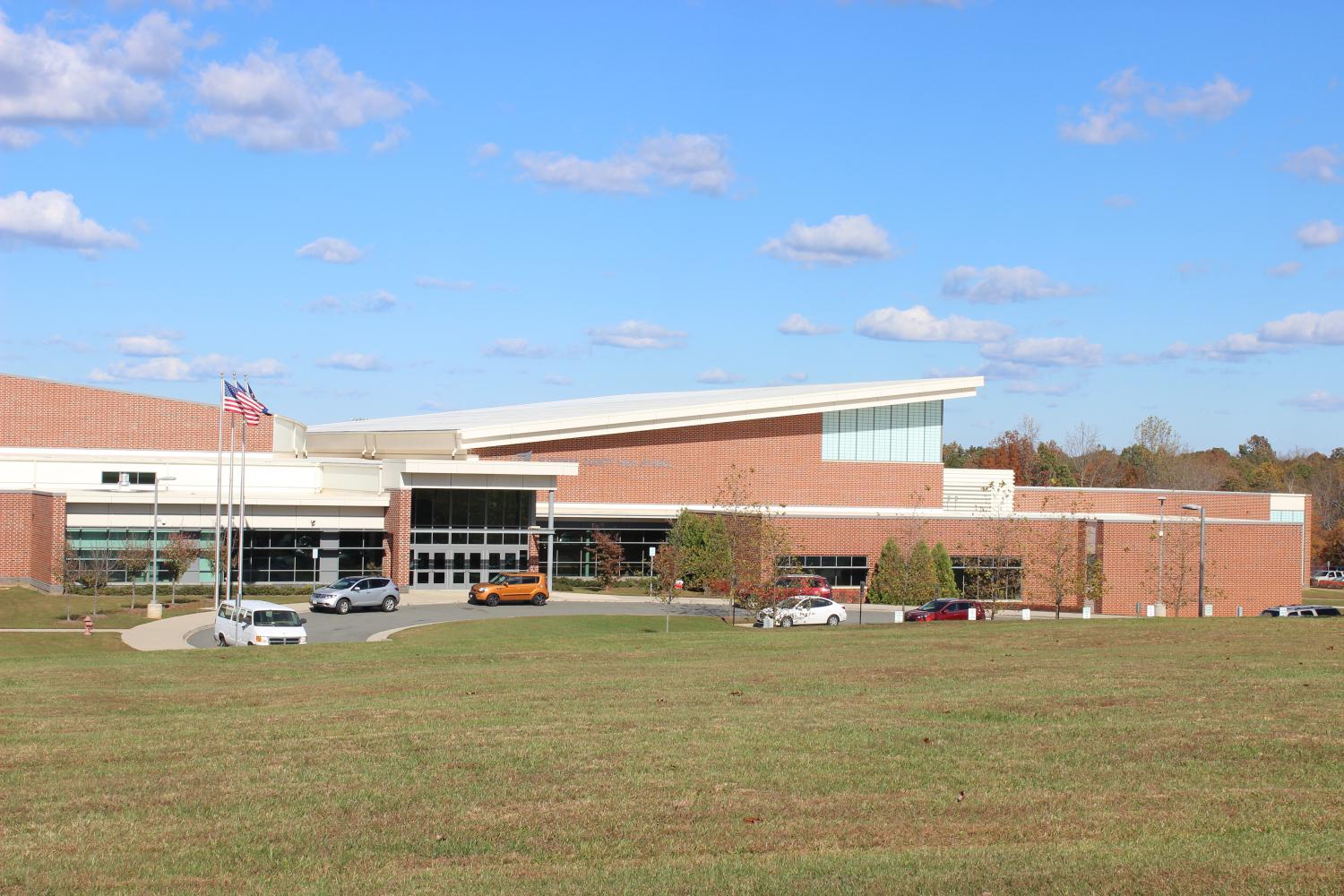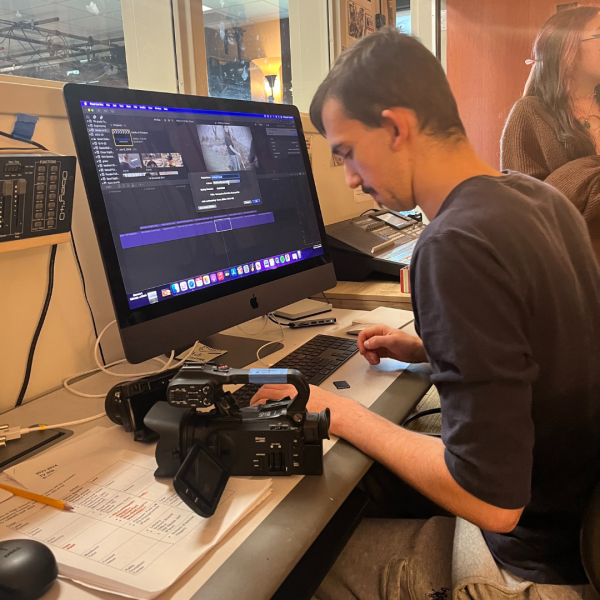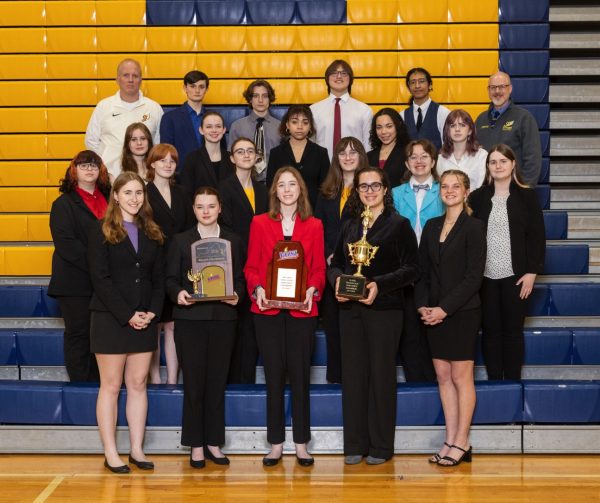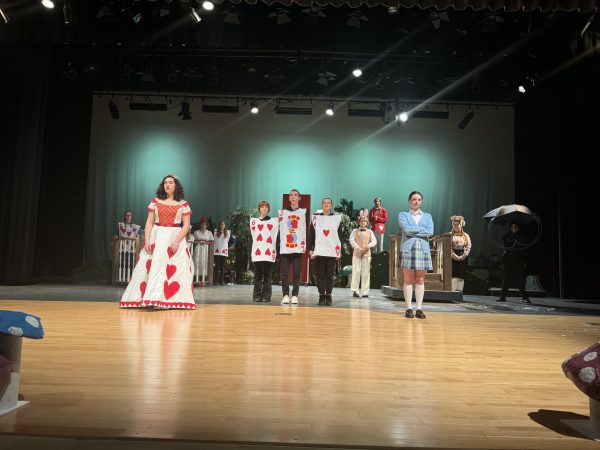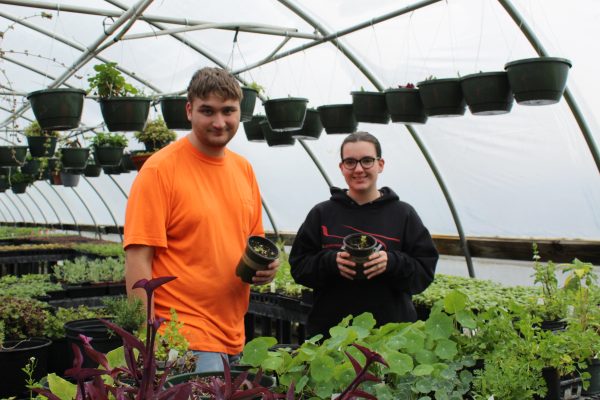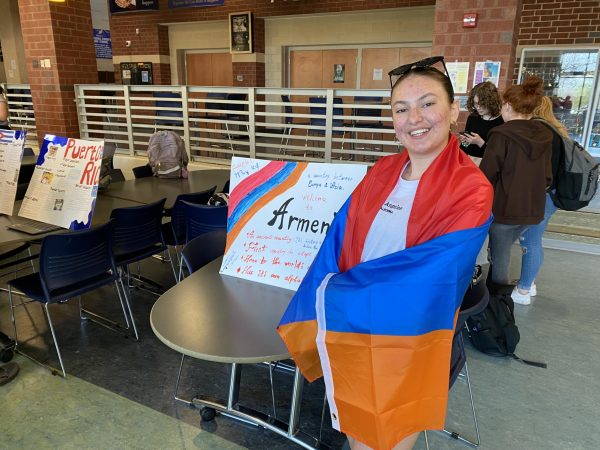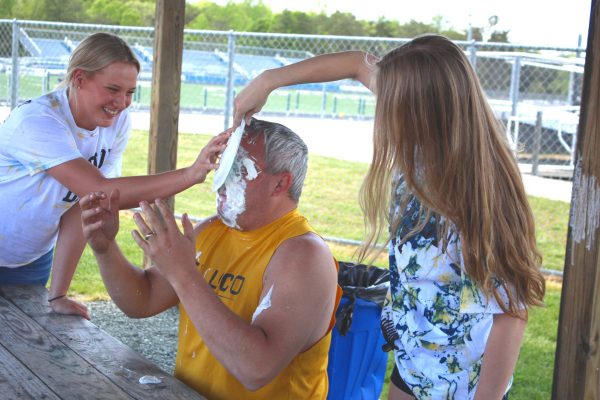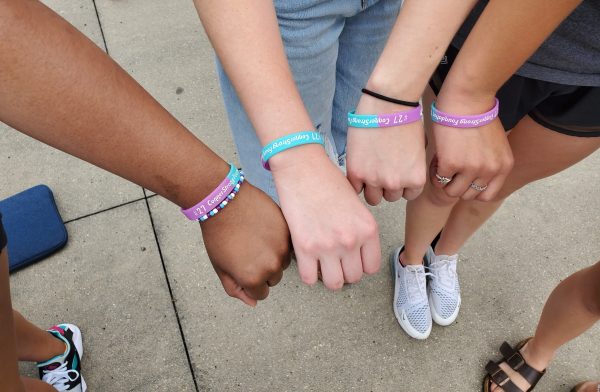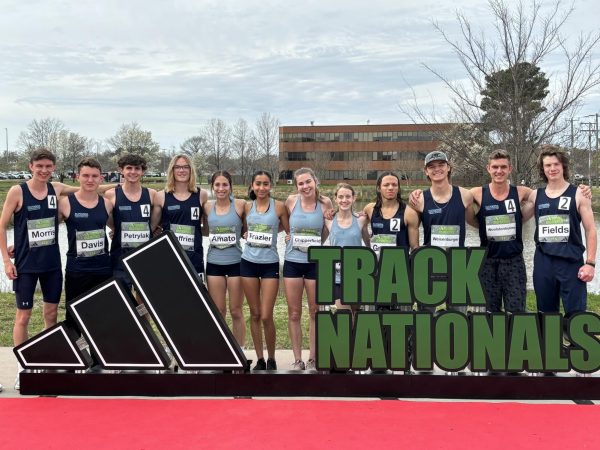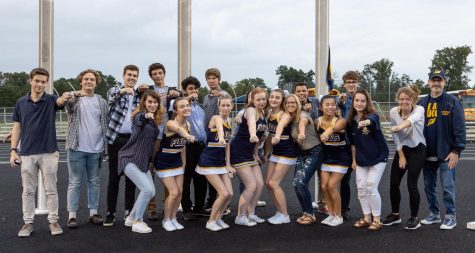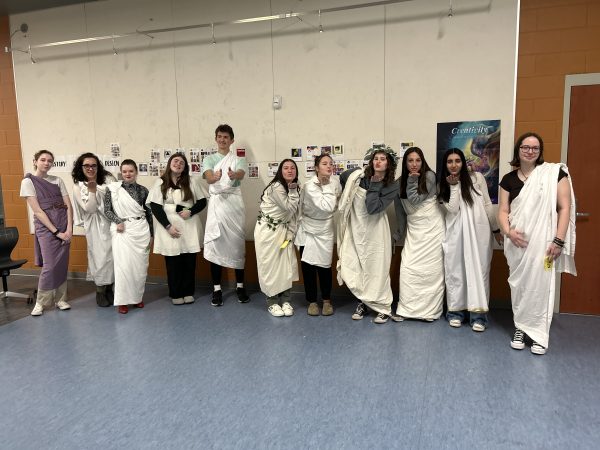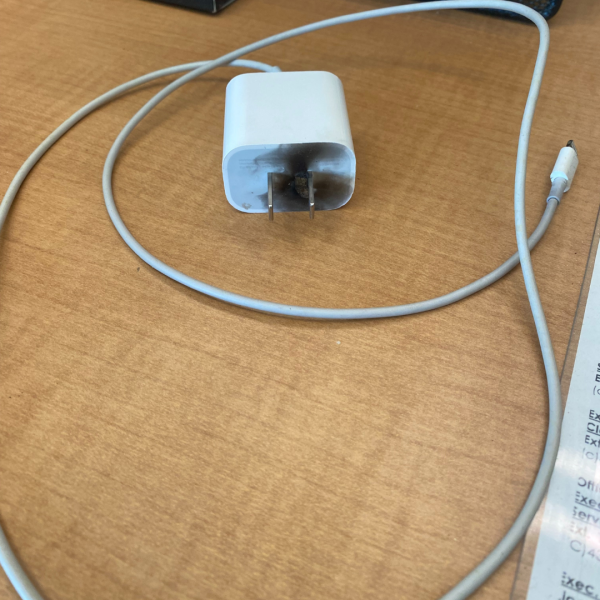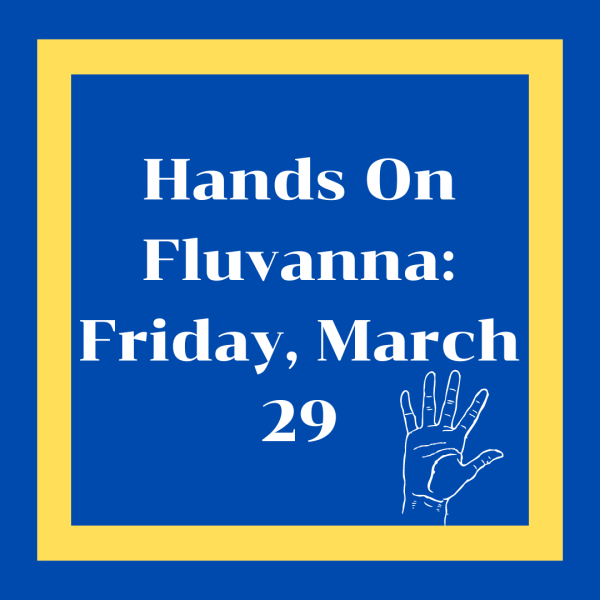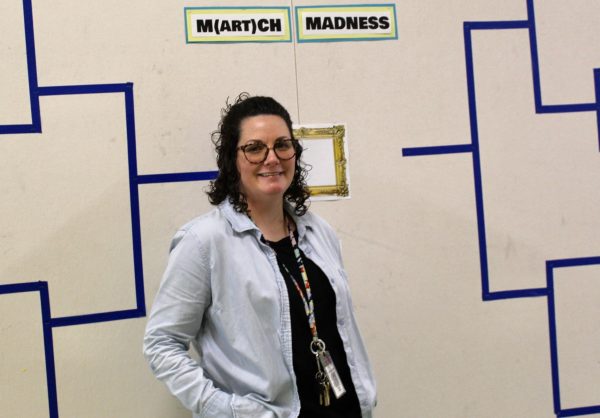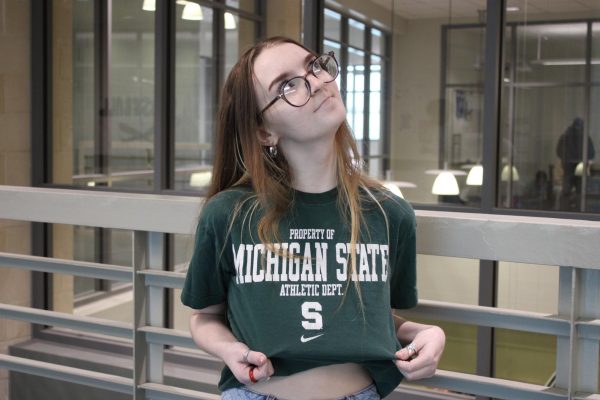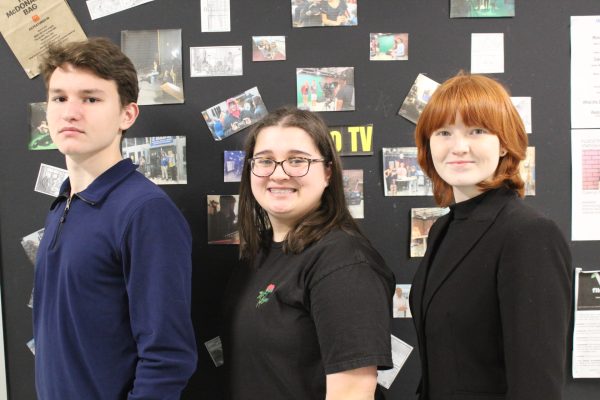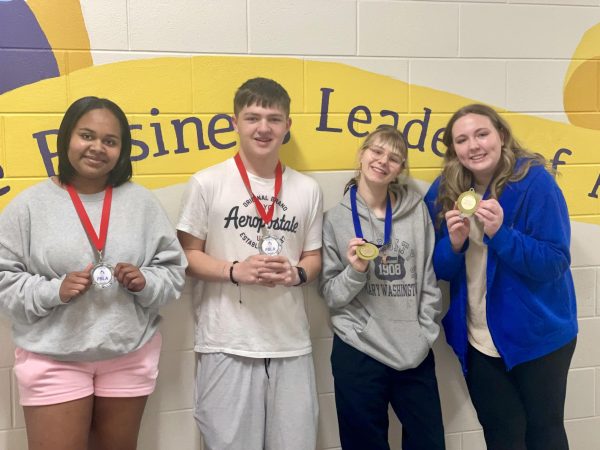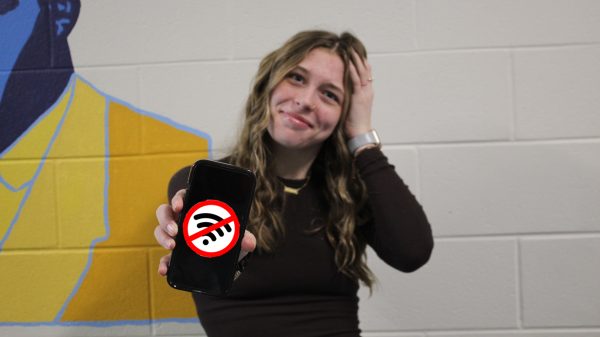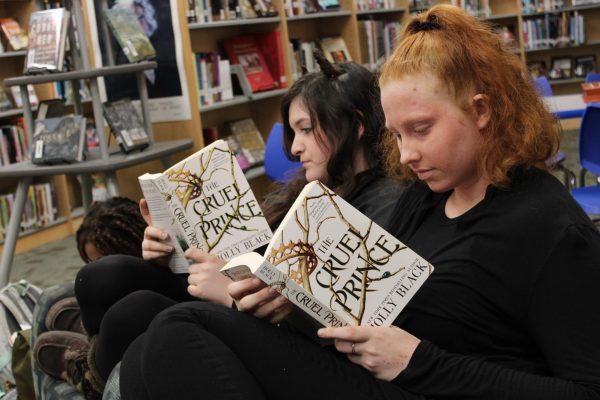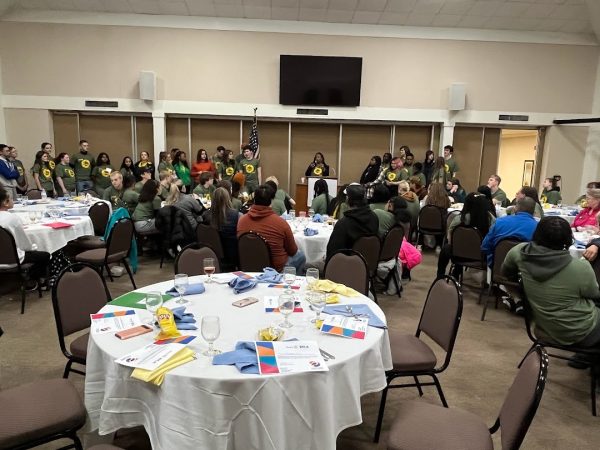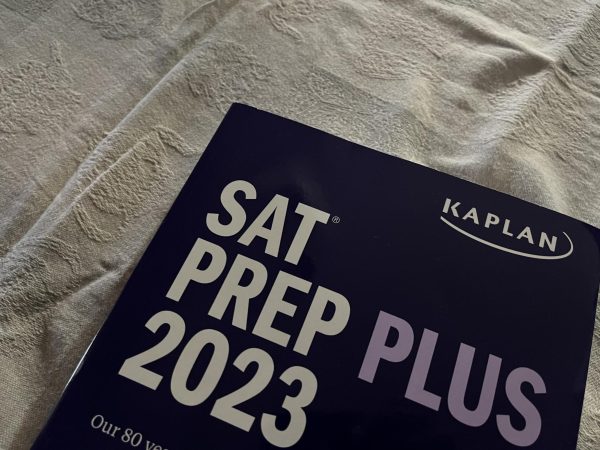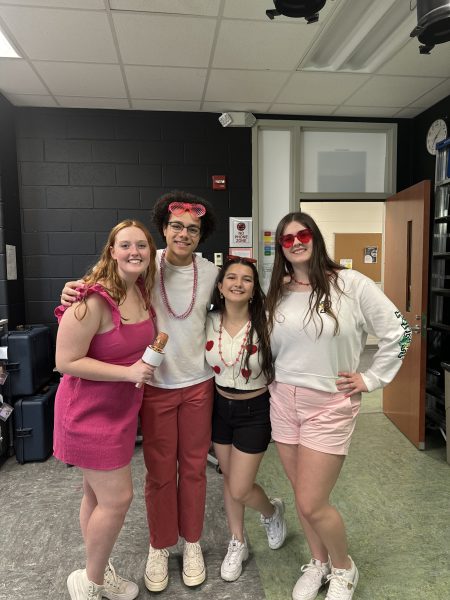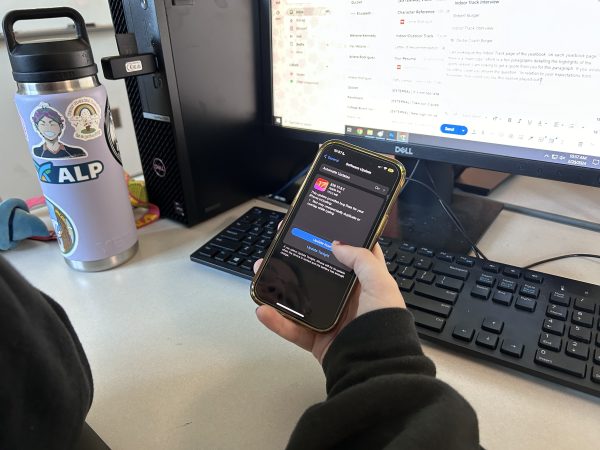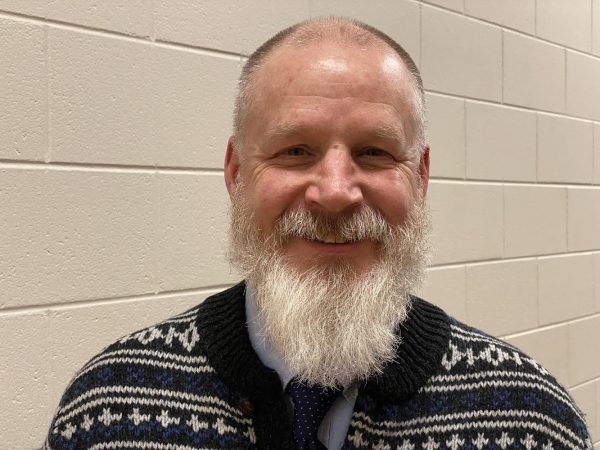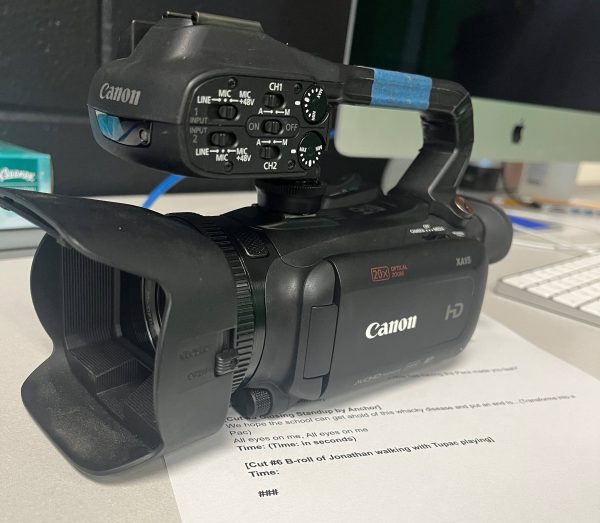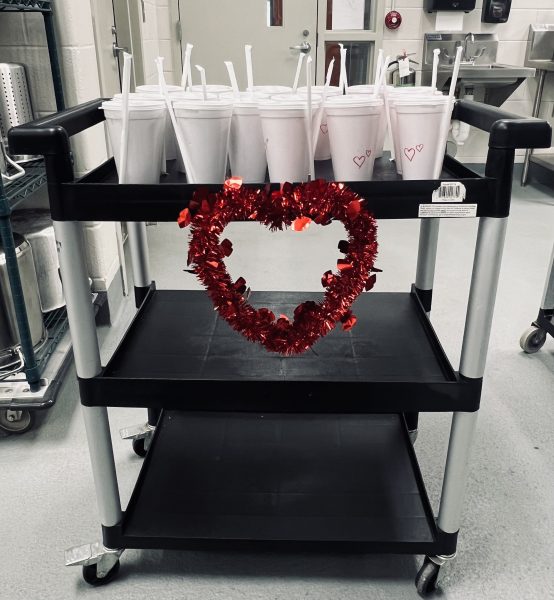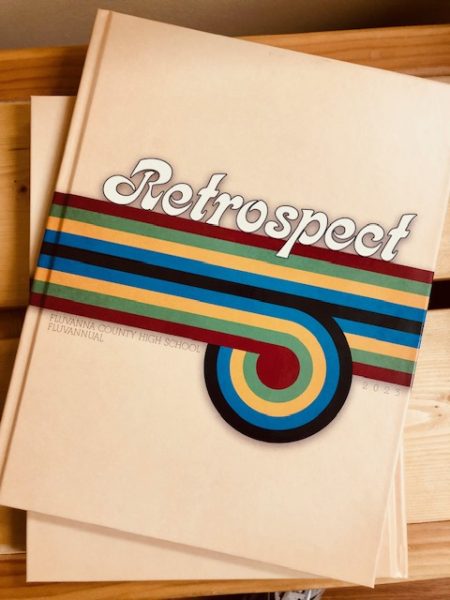First Look at a Very New Year
To other school districts, Sept. 8 was just another Tuesday. For Fluvanna County High School, it marked the beginning of a very new, very different school year. On Aug. 13, after a four-hour meeting, the school board made the decision for FCHS to remain all-virtual for at least the first nine weeks. So, at 8:30 am on the Sept. 8, the students of FCHS logged on for the first time. Already, there were many positives and negatives to learning virtually. There was also the task of getting past the “weirdness” of seeing all of your classmates on a screen, instead of face-to-face.
Many people have different reactions when it comes to going outside their comfort zone. Getting on a Google Meet to see fellow classmates after six months of seeing no one (except for friends and family) had some feeling excited, while others felt anxious or even scared. Jennifer Herner, a Spanish teacher here at FCHS, was one such person, stating that the experience was “terrifying.” “Teachers are worried about doing their best for the students, and it can be awkward talking to a black screen,” she added.
In complete contrast, TV Production teacher David Small said he was rather excited. “It was nice to see real people and hear the voices of students,” he said. Many people had no opinion of the matter and saw it as just another day at school. Junior Stephanie Foster said, “It wasn’t weird or exciting at all. Even though it’s been seven months, it’s just school.”
With any new experience, you are naturally bound to find what you like and dislike about it. After only a week, many teachers and students alike found that virtual learning had very explicit assets and liabilities. It was clear from the beginning that many students were choosing to keep their cameras off. While allowed, it has been received differently throughout the school. Many teachers have found that with cameras off it is very quiet, but they also cannot see what the students are doing, and if they are paying attention.
Students, on the other hand, don’t seem to really mind either way. However, most prefer being in a class with cameras on. “It’s very awkward when [all the] cameras are off,” said senior Ally Hanson. “I want to feel like I’m in a class.” On the other hand, some students, like freshman Abbie Ford, said they find the cameras distracting as they pay more attention to what their classmates are doing rather than listening to what the teacher is saying.
While it may be beneficial to see faces, nothing quite compares to learning and teaching in person. Both students and teachers are missing the relationships that are typically formed during the school year. English teacher Vicky Zavadsky said that this aspect of virtual learning is hard, and she finds it “rather disheartening” to not be able to form a personal connection with her students. Many students feel the same way, and are also finding it difficult to learn virtually. Even though teachers do their best, and post dozens of resources, some students rely on the one-to-one contact with their teachers. “It’s hard to understand sometimes, and [because teachers] can’t show you [like they could in person], it’s even harder,” said Ford.
A common “pro” that many students are finding is the new schedule they follow. Going from 90-minute to 45-minute classes was something both students and teachers are still getting used to. Most students are loving the extra time they have after school is over. Foster explained that she has more time to do stuff she wants to do outside of school. Many teachers, however, are finding it difficult to cut back on the time it takes to finish a lecture. It’s hard to find a happy medium; they do not want to talk so fast that they overwhelm the students, but they also need to cover a certain amount of content before the block is over.
Even in this uncertain time, one thing is still going to remain present in the lives of students: school. From the technical difficulties, to being able to learn in the comfort of your own home, there are certainly many obstacles and opportunities to be taken in this new school year. While they may have completely different jobs, the students and teachers of FCHS do have one thing in common: getting used to learning virtually.
It is certainly not going to be easy, but as Henry Ford once said, “Coming together is a beginning, staying together is progress, and working together is success”.
So how can you make the best of this situation? Compiled below are tips from Herner, Small, and Zavadsky to help students in this unfamiliar environment.
Keep cameras on if you can; it can make the class more interesting, fun, and engaging for both you and the teacher.
Engage in class as much as you can.
Help your siblings out with any homework or questions they may have. It can be a great bonding experience they will remember.
Teachers have put a lot of time into producing resources; use them as much as possible.
Make sure you read the instructions of assignments carefully and clearly; you may not want to do any extra work that you would not have had to do if you’d reach them correctly the first time.
Communication is key; don’t be afraid to email your teachers with any questions or concerns you have.


